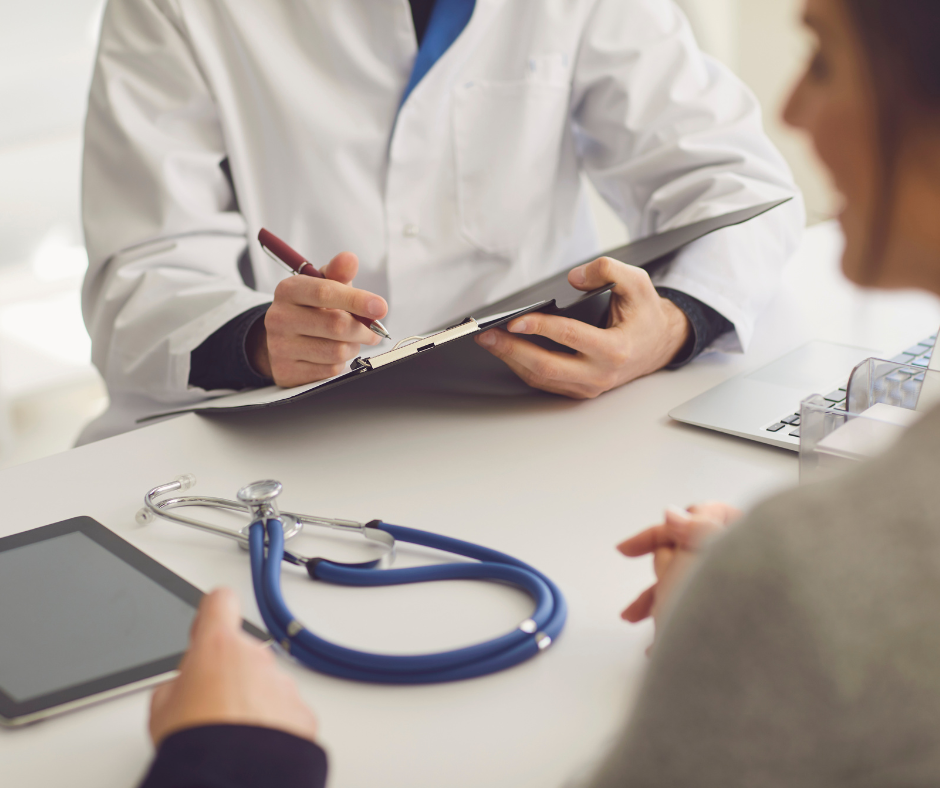Thank You for Reaching Out
- Pagrindinis
- »
- Thank You for Reaching Out
Thank you for choosing us and showing interest in our services.
If you have any questions regarding our doctors, the services they provide, or if you would like to schedule an appointment,
please feel free to contact us at +37037750865 or email us at [email protected].
Why to choose BIOFIRST clinic?
BIOFIRST – Future Medicine Today. This is an advanced medical and aesthetic clinic with the latest medical and diagnostic technologies in one place! We believe that a successful future starts with good health, guaranteed by high-quality prevention and accurate diagnosis.
Comprehensive consultations from doctors with many years of experience in various fields
A team of leaders in their field. More than fifty specialist doctors in various fields.
Olympus Exera III, one of the most advanced endoscopic devices in Lithuania
Ear, nose, throat (ENT) and gastroenterology examinations with one of the newest in Lithuania, a revolutionary endoscopic video system, help specialists detect abnormalities at an early stage, when the treatment of the disease is most effective. The tests have a 98-100% diagnostic accuracy.
Asclepion Laser Dermatology Centre
A team of professional dermatologists and up to 5 of the most advanced medical lasers ensure fewer treatment sessions, shorter healing times and faster and more effective treatments than ever before.
